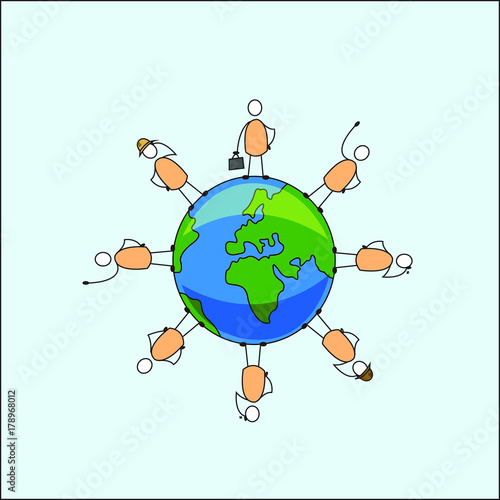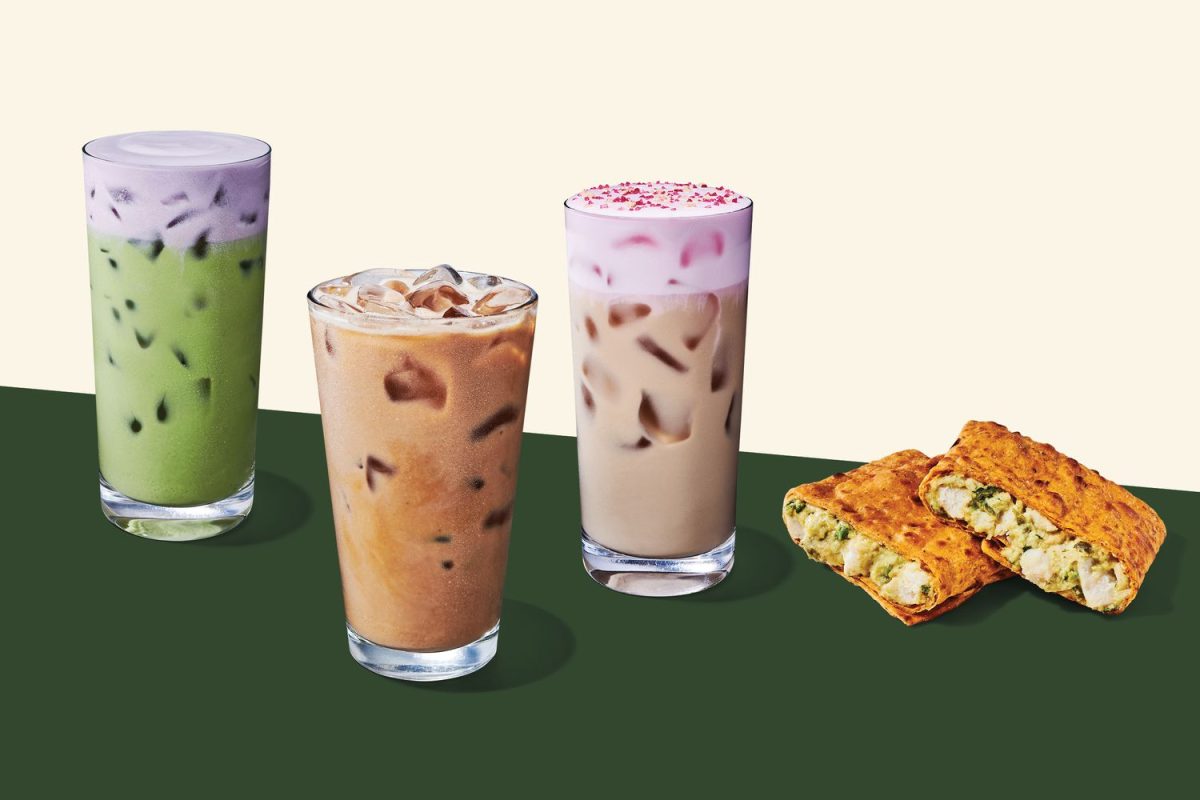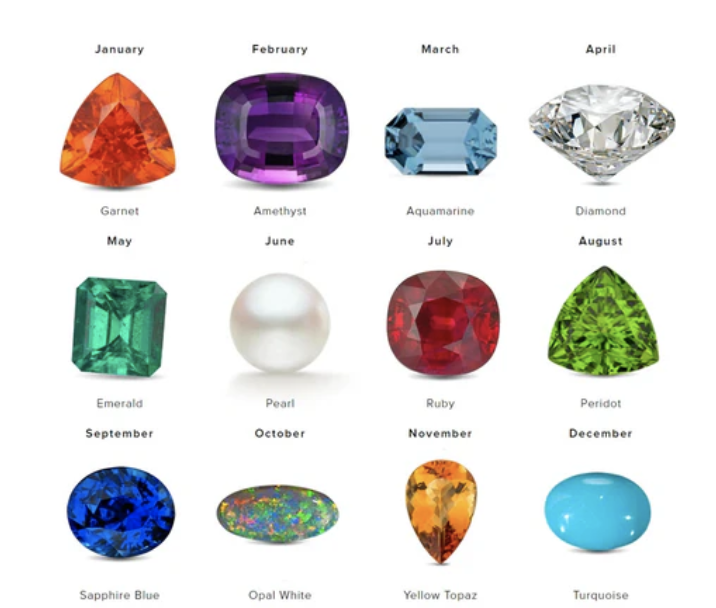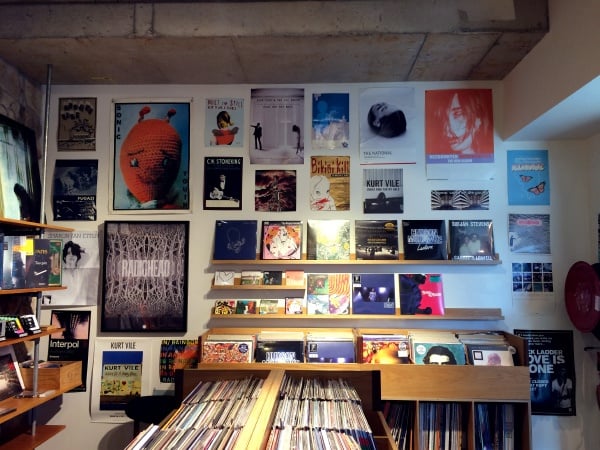How Different Cultures Welcome Spring

No matter your cultural background Spring is a beautiful time of the year that people around the world love to celebrate.
May 25, 2023
Spring is upon us and the world is ready. Whether it be through festivals, food, or family, here are some ways different communities welcome the start of spring.
Holi (India): Holi, the festival of colors, is one of the many ways Hindus celebrate the start of spring. The festival also celebrates the triumph of good over evil, detailing how in an attempt to burn Prahlada ( a Hindu king), Holika (a goddess, whose festival was named after her) sat next to him on a pyre wearing a cloak that protected her from the massive fire. But the cloak protected Prahlada instead, and Holika burned. Later in the night, Vishnu succeeded in killing Prahlada, and the story is known today as celebrating the triumph of good over evil. To celebrate this triumph, people throw galal (colorful powder) on each other, dance, and eat.
Songkran (Singapore): Songkran, known to some as the “Water Festival”, is a popular way Singapore welcomes the new year. This festival is characterized by water throwing and water splashing to lessen the heat, but also to symbolize clean starts and new beginnings. It is celebrated with parades, dancing, music, and games. Historians say it has origins in the Hindu festival that marked the arrival of the new harvest season in ancient India.
The Li Chun Festival (East Asia): The Li chun festival is celebrated in many distinct ways across East Asia. In China, people typically enjoy spring rolls and participate in various rituals and activities, like planting crops, cleaning the house, and giving offerings to deities and ancestors. In Taiwan, people celebrate by eating “lucky rice” (福米 fú mǐ) that has the blessing of a temple or spiritual master. They also do fun things like such as toss “fortune sticks” (筊杯 jiǎo bēi) to divine their fortunes for the coming year. And lastly, in Vietnam, Li Chun is known as “Tết cổ truyền” or “Traditional Lunar New Year,” and it’s a time when families gather to celebrate with traditional foods, like sticky rice cakes and pickled vegetables.
Sham el Nessim (Egypt) : “Sham el Nessim” translates to “smelling of the breeze” in Arabic. It reflects the holiday’s association with the new spring season and the awakening of nature. The festival originated as a way to honor Shemu, the ancient Egyptian God of fertility. The festival is marked by a variety of customs and traditions, like the eating of feseekh, a fermented and salted fish that is served with onions and bread.
Nowruz (Iran): Nowruz is an Iranian spring tradition that celebrates the rebirth of nature. It is characterized by the haftseen, a ceremonial table that contains seven items representing spring. The seven items typically include the seeb (apple), seer (garlic), serkeh (vinegar), senjed (dried fruit), samanu (sweet pudding), sabzeh (sprouts), and sumac (red Persian spice). Once the seven elements are placed families can add other items like coins, colored eggs, and live goldfish. “One of our traditions (in my family) is as long as the fish live you’re bound to have a lucky here” shares Emma Safari (11).
These traditions are all beautiful and unique in their own way. They each intercept the start of spring in a different way. Make sure to start your spring off strong with any traditions you may have, or try some new ones!




































